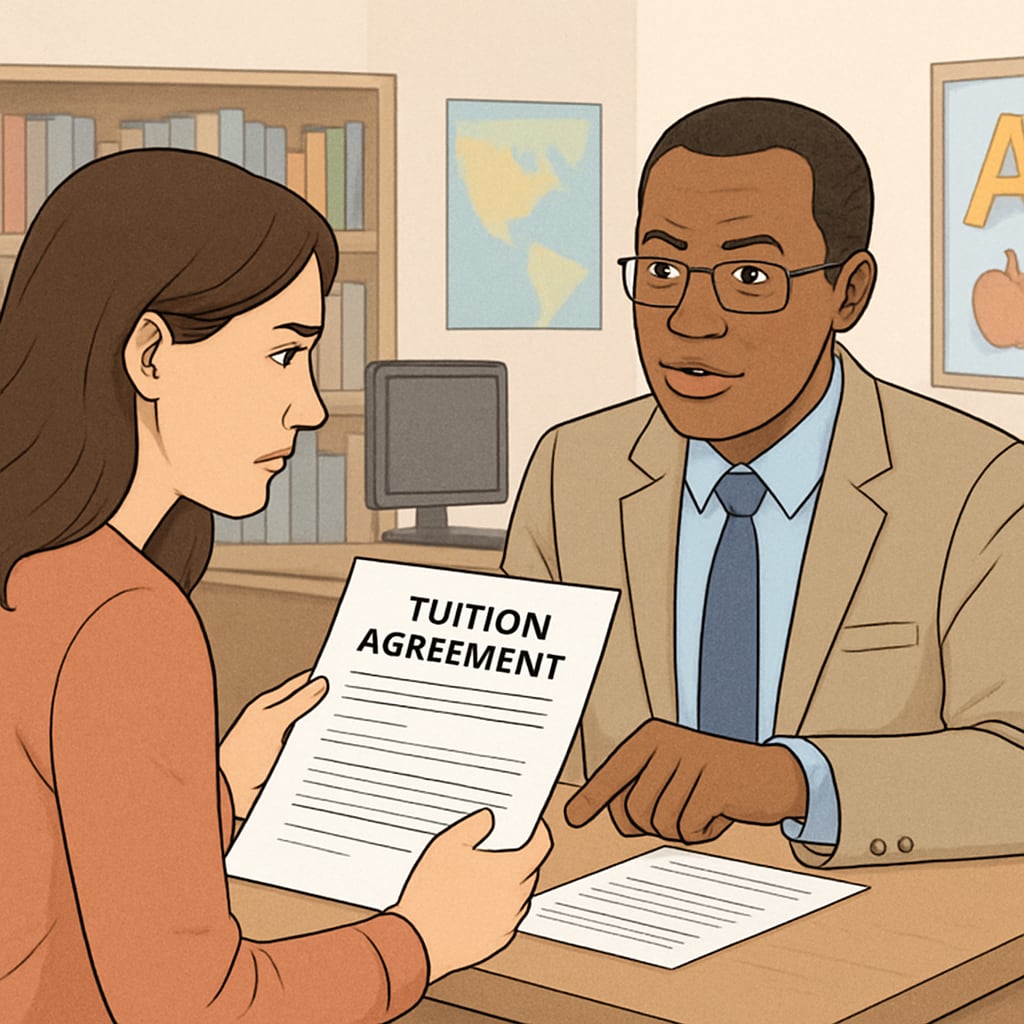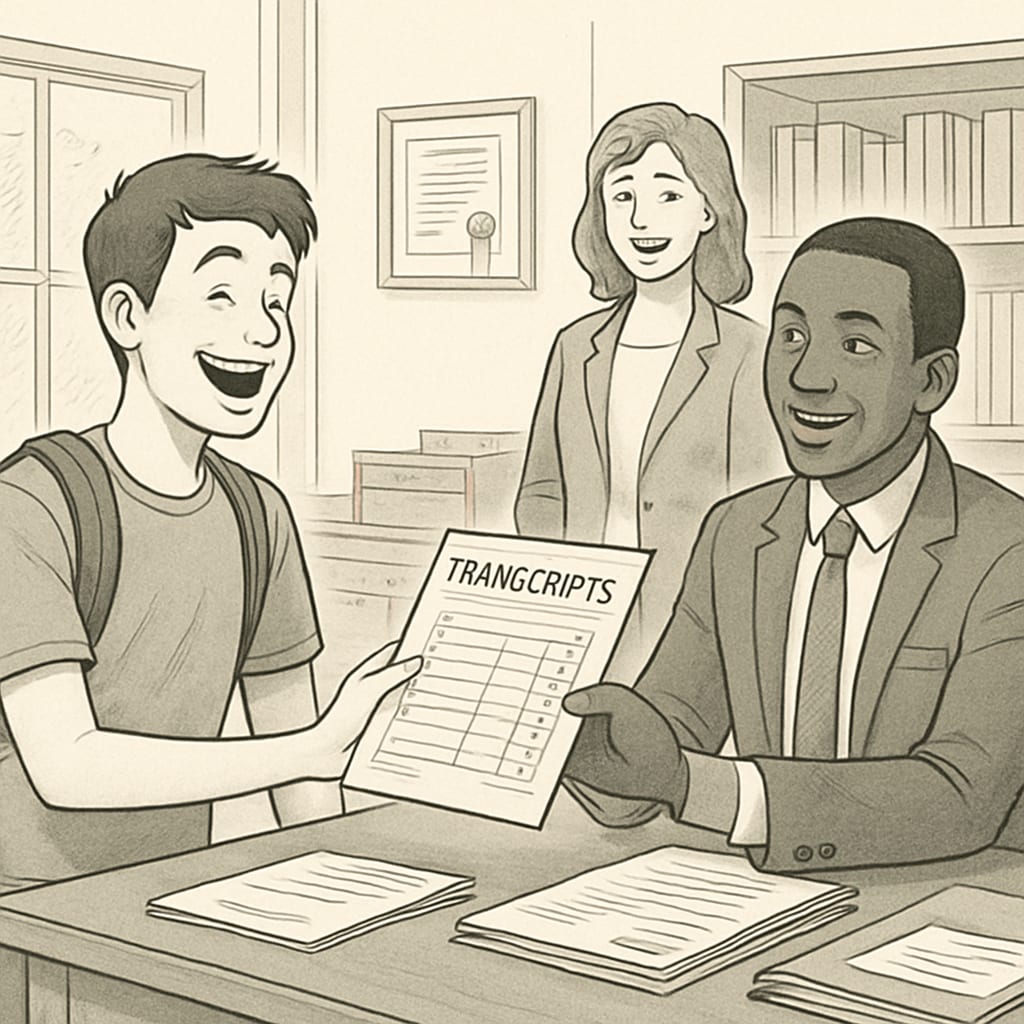Accessing school transcripts is essential for students, especially when applying for professional exams. However, unpaid tuition balances often create barriers, leaving many families uncertain about their rights. In this article, we address whether K-12 schools can withhold transcripts due to unpaid fees, analyze relevant laws, and provide actionable steps for parents facing such situations.
Can Schools Legally Withhold Transcripts Over Unpaid Tuition?
The question of whether schools can deny access to transcripts due to unpaid balances is complex and varies by jurisdiction. In most public schools, education laws prioritize a student’s right to access education records, including transcripts. For example, the Family Educational Rights and Privacy Act (FERPA) in the United States ensures students’ access to their educational records, regardless of tuition arrears. However, private schools often operate under different rules, as they are not bound by the same federal regulations.
It is important to differentiate between public and private institutions when navigating this issue. While public schools generally cannot withhold transcripts, private schools may include such policies in enrollment contracts. Therefore, reviewing your school’s tuition agreement is the first step in understanding your rights.

Steps to Obtain Transcripts Despite Unpaid Balances
If you find yourself in a situation where transcripts are being withheld, consider the following steps:
- Review Enrollment Contracts: Examine the terms of your school agreement to understand the specific policies regarding unpaid tuition and transcript access.
- Negotiate a Payment Plan: Approach the school to propose a manageable repayment schedule. Schools may release transcripts if they see a commitment to resolving the debt.
- Request Partial Documentation: If full transcripts are withheld, inquire about obtaining unofficial copies or grade reports, which can often suffice for professional exam applications.
- Seek Legal Counsel: If necessary, consult an attorney familiar with education law to evaluate whether the school’s actions align with local regulations.
These steps provide a structured approach for families to navigate the challenging situation of unpaid tuition while ensuring their child’s educational progress is not hindered.

Practical Solutions for Parents and Guardians
To minimize disruptions caused by unpaid tuition, proactive measures can be taken. For example:
- Communicate with the School: Open communication can prevent misunderstandings and foster cooperation.
- Explore Financial Aid Options: Investigate scholarships, grants, or payment assistance programs that may help clear outstanding balances.
- Document All Interactions: Keep records of emails, letters, and meetings with school administrators to ensure transparency and accountability.
Proactive planning and consistent communication can go a long way in addressing tuition-related obstacles while ensuring that students can continue their academic journey uninterrupted.
In Summary: While unpaid tuition can complicate access to transcripts, understanding your rights, exploring alternative solutions, and maintaining open communication with schools can help resolve the issue. Parents and guardians must remain informed and proactive to protect their children’s educational opportunities.
For additional information on educational rights and transcript policies, refer to resources like the Encyclopedia Britannica on Education or consult your local education department.
Readability guidance: This article uses short paragraphs, lists, and clear transitions to improve readability. Active voice dominates the text, and technical terms are explained for clarity.


